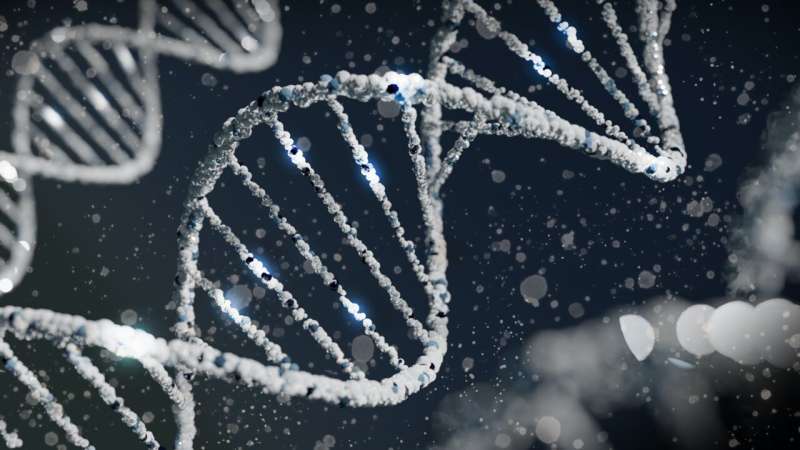Innovative Eye Surgery Enhances Survival Rates in Patients with Rare Uveal Melanoma

A novel surgical technique combining vision preservation with targeted radiation therapy may significantly reduce metastasis and improve survival in patients with uveal melanoma, offering new hope for this rare eye cancer.
A groundbreaking study led by UCLA has revealed that a specialized surgical approach designed to preserve vision in patients with uveal melanoma, a rare form of eye cancer, may also significantly reduce the risk of cancer metastasis and improve overall survival outcomes. Uveal melanoma originates inside the eye and has historically been associated with poor prognosis due to high rates of metastasis, especially to the liver. Traditionally, treatment options focused on removing or irradiating the tumor, often resulting in vision loss.
In this recent study, researchers followed 37 patients treated for uveal melanoma with a combination of targeted radiation therapy—known as plaque brachytherapy—and a unique surgical technique involving vitrectomy and silicone oil placement. This method not only aimed to shield healthy eye tissues from radiation damage but also aimed to preserve the patients’ vision.
Over a median follow-up period exceeding four years, the findings were remarkable: more than 80% of patients remained free from metastasis, and there were no cases of tumor recurrence in the treated eye. Only 16% of patients developed metastatic disease, and just one patient succumbed to the cancer. These outcomes are notably better than historical expectations, where approximately 30% of patients typically develop metastasis, with survival rates generally below five years.
The study also challenged existing understanding, showing that tumor size and stage were not reliable indicators of metastasis in these cases. Interestingly, even patients classified as high genetic risk for metastasis had low observed rates, suggesting that the combination of surgical and radiation techniques might play a role in altering the disease course.
Lead investigator Dr. Tara McCannel emphasized that while this surgical method is known to effectively save vision, its potential to improve survival was an unexpected but encouraging discovery. She advocates for wider adoption of this approach, as most current treatments rely solely on plaque brachytherapy without the additional vitrectomy and silicone oil procedure.
The research team underscored the necessity for further studies to determine the exact mechanisms behind these improved outcomes and to optimize treatment protocols. They also highlighted the importance of training ophthalmic surgeons in this complex surgical technique to ensure broader accessibility.
This innovative approach, developed and first reported over a decade ago at UCLA, not only offers hope for preserving sight but also raises new possibilities for improving long-term survival in patients with uveal melanoma. The study’s findings provide a promising new direction in ocular oncology, emphasizing the potential benefits of integrating advanced surgical techniques with radiation therapy.
Stay Updated with Mia's Feed
Get the latest health & wellness insights delivered straight to your inbox.
Related Articles
Breast Cancer Survivor Defies Chemotherapy with Powerlifting and Strength Training
A breast cancer survivor and elite powerlifter defies traditional exercise restrictions by safely incorporating high-intensity strength training during active treatment, demonstrating the potential for personalized exercise to enhance recovery and strength in cancer care.
Understanding How Genes and Environment Shape Disease Risk: A New Perspective
Emerging research reveals the intricate interplay between genetics and environment in determining disease risk. New tools are helping scientists quantify how these factors combine, paving the way for personalized medicine and targeted treatments.
Long-term Study Links Midlife Vascular Health to Future Dementia Risk
A long-term study reveals that maintaining vascular health during midlife can significantly reduce the risk of developing dementia later in life, emphasizing early intervention on risk factors like hypertension, diabetes, and smoking.
Spring Weather Changes Bring Increased Mosquito Activity and Disease Risks
Learn how a warm, rainy spring increases mosquito activity and the risk of diseases like Ross River virus and Japanese encephalitis, and discover effective prevention strategies.



